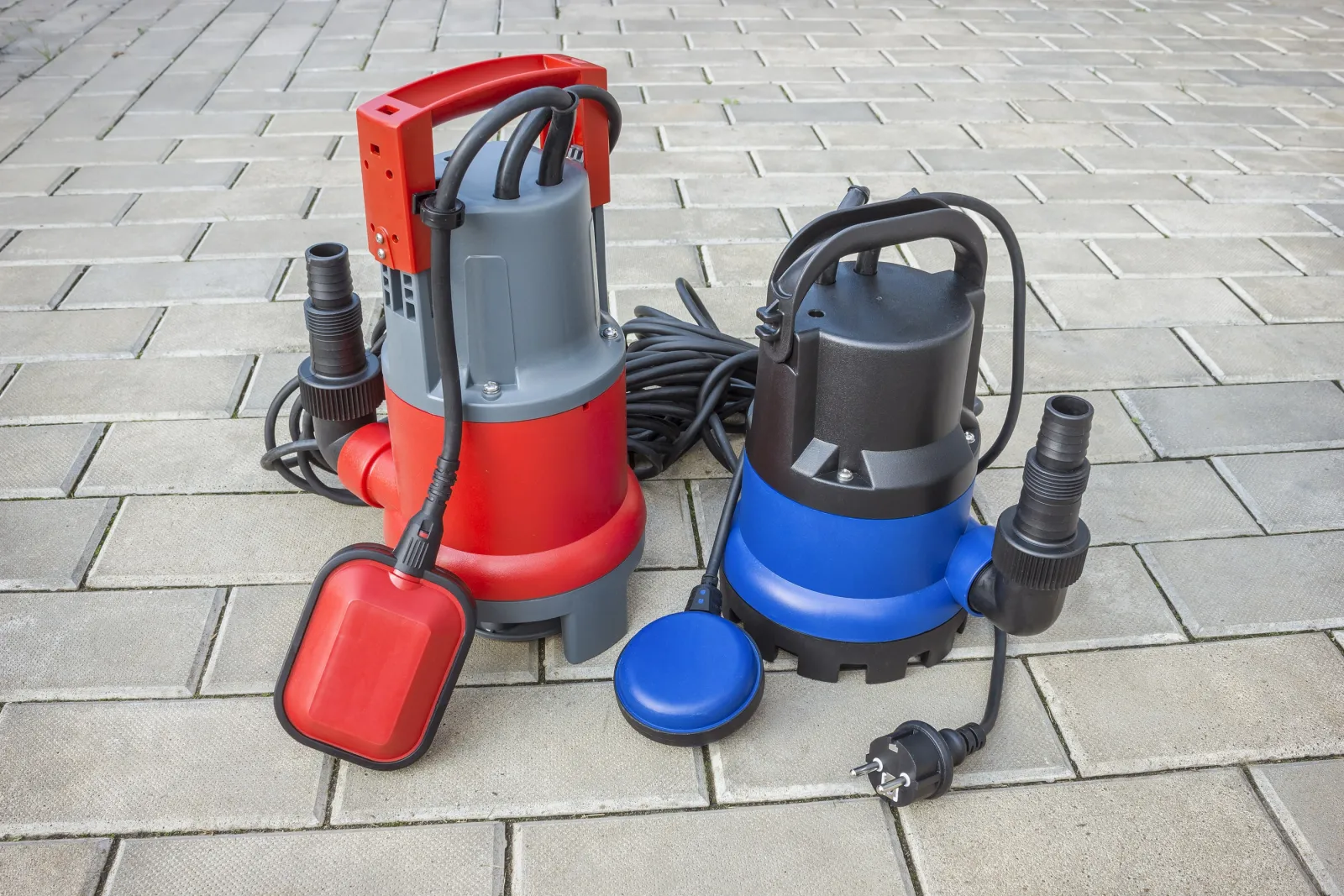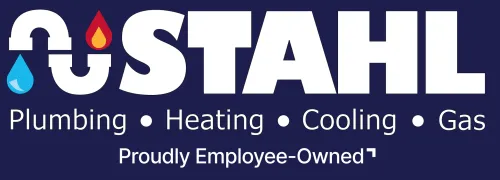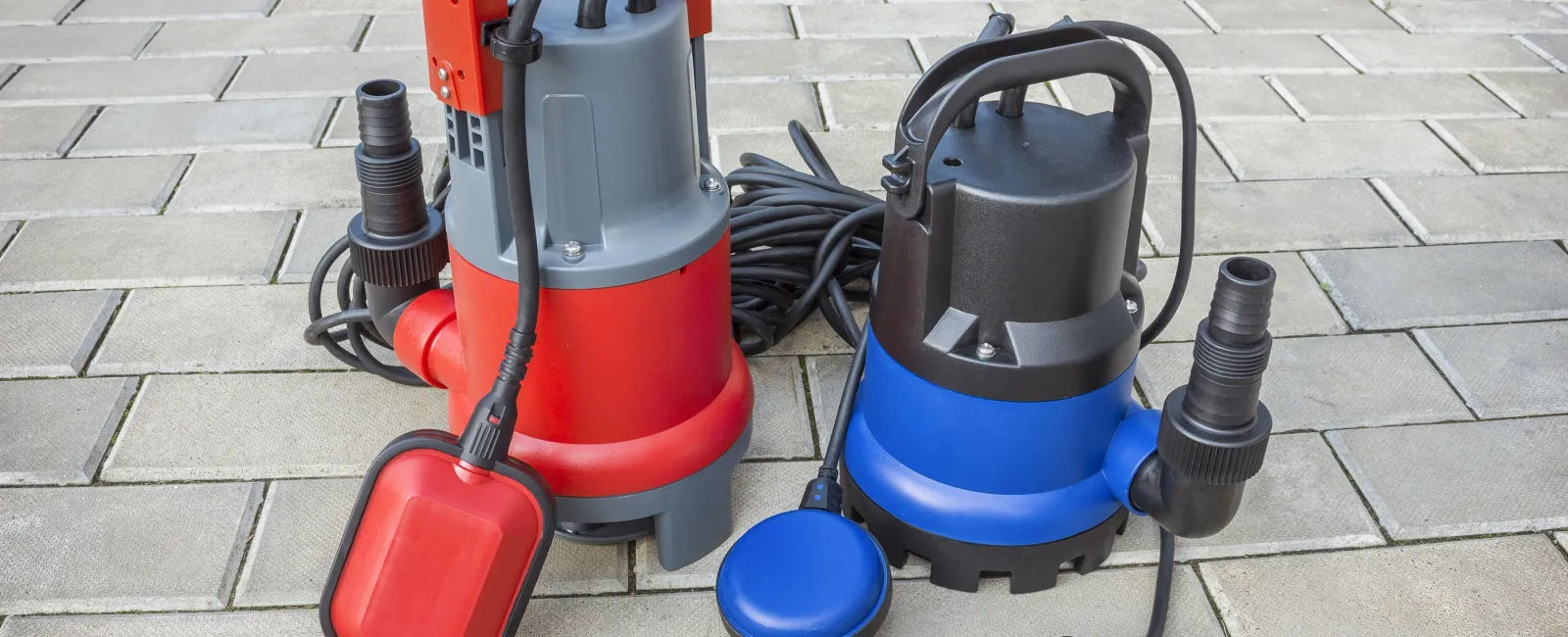Basements are a great place to relax and spend time with loved ones. They are not meant to flood; they are meant to stay above water. If your basement is prone to floods, particularly during rain and snow, or has problems with damp air or moisture, a sump pump may be a great addition to your future.

When dealing with sump pump preventive maintenance or any type of plumbing, you need to make sure that you know what to expect so the next time you face a storm, you're ready for any flood or storm that decides to come your way.
How do Sump Pumps Work?
Sump pumps are often found in a building's basement or lower areas. Sump pumps are also known by another name: 'pits'. Pits are made to keep basements dry and to control the amount of water that gets in between heavy rainfalls and can prevent flooding. When understanding a sump pump, you must understand how pits can effectively keep the water out.
Pits are typically underneath any structure with a basement, designed to prevent too much water from building up quickly. The thing to know is that the pit and the pump are two different parts because the pit collects water, and the pump discards the overflow. Once the pit is full, the sump pump discharge pipe takes and pushes out water and takes it far away from the main foundation of the home. This pipe has to be delicately placed so that the water cannot rush back into the foundation and flood the lower part of the house. Once you decide on the pipe, you need to secure a good-working check valve that continues to help the water flow back out.
Additionally, the sump pump has a working motor with a fan that pushes out the water, and while many are electrical, there are manual hand pump versions as well. Having an option of a manual is nice because if your power goes out during a major storm, you'll still need to find a way to use your sump pump so that the water doesn't ruin your foundation or, eventually, your home. If your sump pump is not effectively draining the water, a typical first step involves replacing the batteries, before moving on to more extensive troubleshooting through a plumber.
How to Clean a Sump Pump
Maintenance and cleanliness are top priorities, especially when dealing with the state of your sump pump. Materials you may need include a tarp or plastic sheeting, a tool to scrape remnants, a bucket, a garden hose, and a wet/dry vacuum for effective cleanup. As you begin to set up shop, remember to check that the weather is suitable, the water is completely off, and you're ready to start:
- Make sure the sump pump is disconnected from the water supply. It can be hazardous to clean or attempt to clean a sump pump while connected to a power source. Contact us if you need help or don't want to clean your sump pump alone.
- Wrap up the pump. Save yourself from a watery mess by wrapping the bottom of the pump using a plastic tarp or sheet that you don't mind getting dirty. Place the pump in an area for easy, accessible cleaning.
- Clean the pump. To begin, spray the sump pump using your garden hose to remove any loose, excess residue, and once done, use a scraping tool of your choice to finish. Spray down the pump once done.
- Drain the check valve. While draining the check valve, keep the bucket nearby to catch any excess water.
- Use the wet/dry vacuum to clear out the pit. To clear out any watery remains in the pit, use the vacuum to clean up. Doing this can ensure your sump pump works more efficiently.
- Reconnect the pump. Once you've finished cleaning, reconnect the sump pump to the power source, and remember to flip the beaker to the 'on' position if you turn it off during step two.
Who to Call for Sump Pump Maintenance?
For more info on sump pump maintenance and plumbing, contact Stahl Plumbing today!

